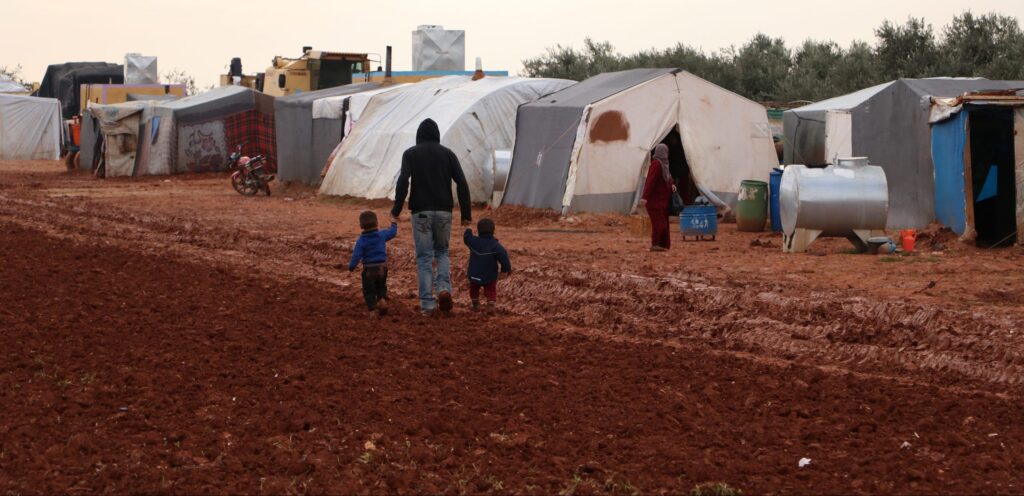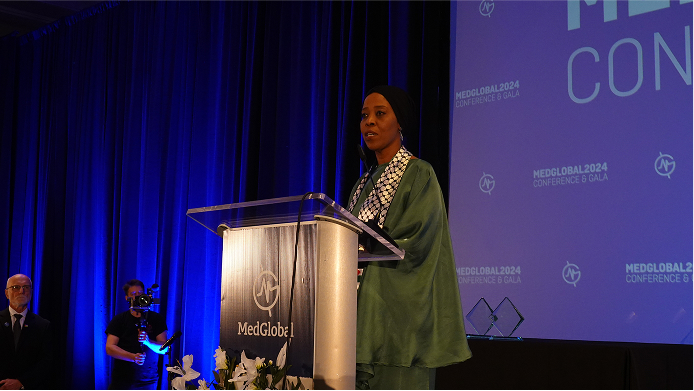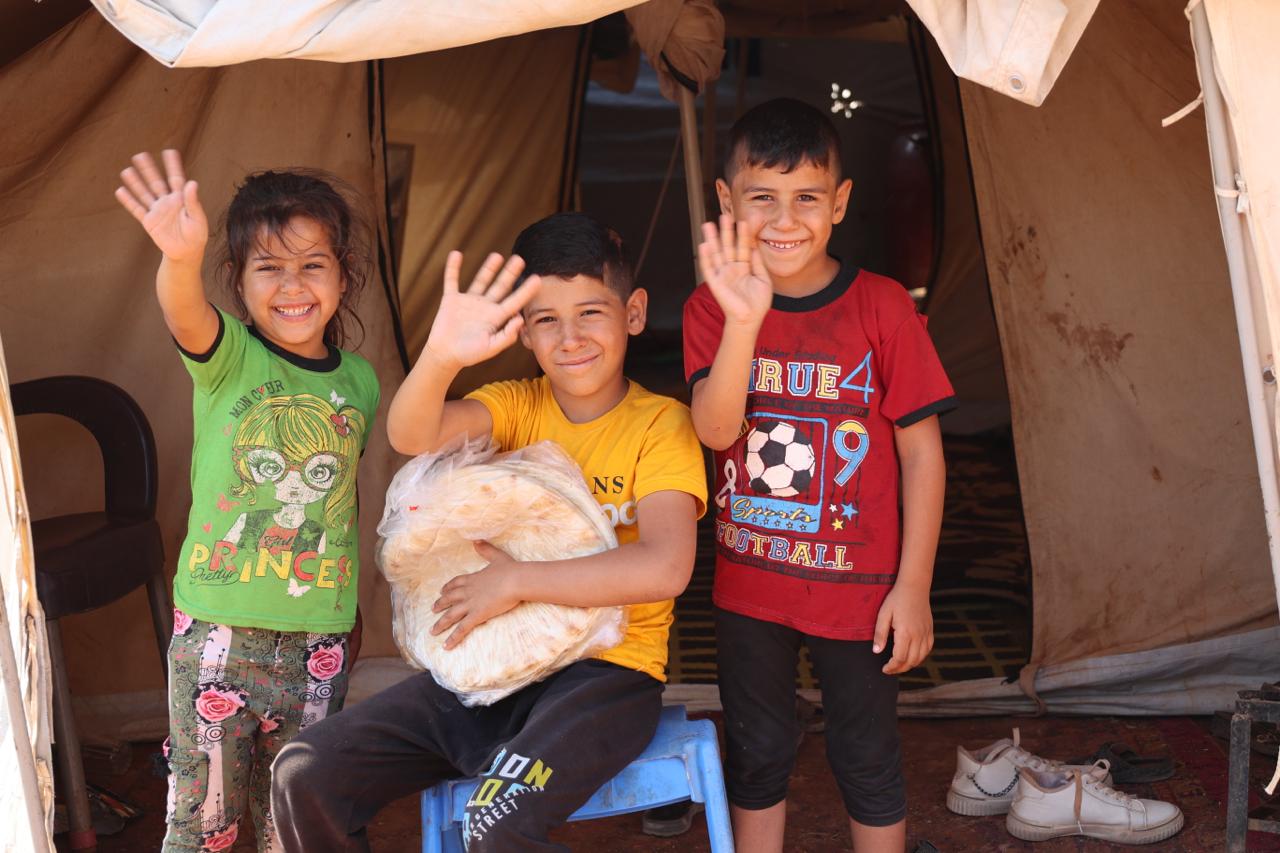Updates & Press
Featured | May 12, 2021
Supporting Refugees: Resettlement, Community Needs
Author | MedGlobalComms

By Andrew Moran, MedGlobal Policy & Advocacy Intern
Last week, President Biden announced that the United States’ annual refugee admissions cap would be raised to 62,500, up from a historic low of 15,000. However, the White House has expressed doubt that the program will be able to fully scale up admissions by the end of the year. The reduction in admissions to the US reflects the international state of refugee resettlement. In 2020, the number of refugees resettled around the world fell to the lowest level in two decades amid the COVID-19 pandemic and closing of national borders. Fewer than 15,500 refugees were resettled between January and September, well under the global quota of 50,000. Though continuing to resettle refugees is a critical component of refugee crisis response efforts, it is at least as important – especially during the pandemic – to support refugees and host communities where they are, and invest in refugee-led initiatives.
Nearly three in four refugees are hosted in neighboring countries, many of which are low and middle-income countries with limited ability to manage humanitarian crises. As a consequence, millions of refugees live in overcrowded camps with scarce resources that are ill-suited for long-term displacement. In Bangladesh, more than 900,000 Rohingya refugees are living in severely congested camps in Cox’s Bazar, including nearly 630,000 refugees in a single camp. As highlighted in MedGlobal’s report In the Eye of the Cyclone, hundreds of thousands of people are housed in areas prone to flooding and landslides during the monsoon season. Large fires have also plagued the camps in recent months. Poor living conditions in refugee camps, both in Bangladesh and around the world, have left refugees at risk of catastrophic outbreaks of COVID-19. As the resources of host countries are stretched thin and non-citizens are increasingly deprioritized, surging assistance to camps and host communities is vital to ensure the needs of refugees are met.
Lebanon is another country where comprehensive support for refugees and local host communities is incredibly difficult. Lebanon is the country with the highest number of refugees per capita in the world. More than one million Syrian refugees are dispersed among cities, villages, and informal settlements. An estimated 80% of Syrians are unregistered and 90% live in extreme poverty. NGOs like MedGlobal support health programming and clinics that provide free medical services for refugees, but national initiatives are required to ensure all needs are met.
Support for refugee-led initiatives is another critically important component of global refugee responses, helping to bring agency and decision-making back to refugees themselves. While organizations led by refugees have often played key roles in their communities, the COVID-19 pandemic has compelled them to take on increased responsibilities as government programs were rolled back and many NGOs reduced operations. In Kenya’s Kampala refugee camp, one of the largest in the world, Young African Refugees for Integral Development (YARID) is a model of a refugee-led organization that has stepped up to deliver food and other items to vulnerable refugees and share guidelines for limiting the spread of COVID-19. These refugee organizations are instrumental in enhancing self-reliance for refugees and creating opportunities for their own communities.
Caring for refugees – who have been displaced by persecution and conflict – is a universal responsibility. As the world continues to grapple with COVID-19, scaling up support for refugees has never been more vital. The deterioration of economies and health systems has caused historic and existential crises for entire regions, and disproportionately impacted refugees and other vulnerable communities. Only through surging assistance to host communities and refugee-led initiatives can we hope to avoid even greater tragedy, and shift power into the hands of affected populations.


